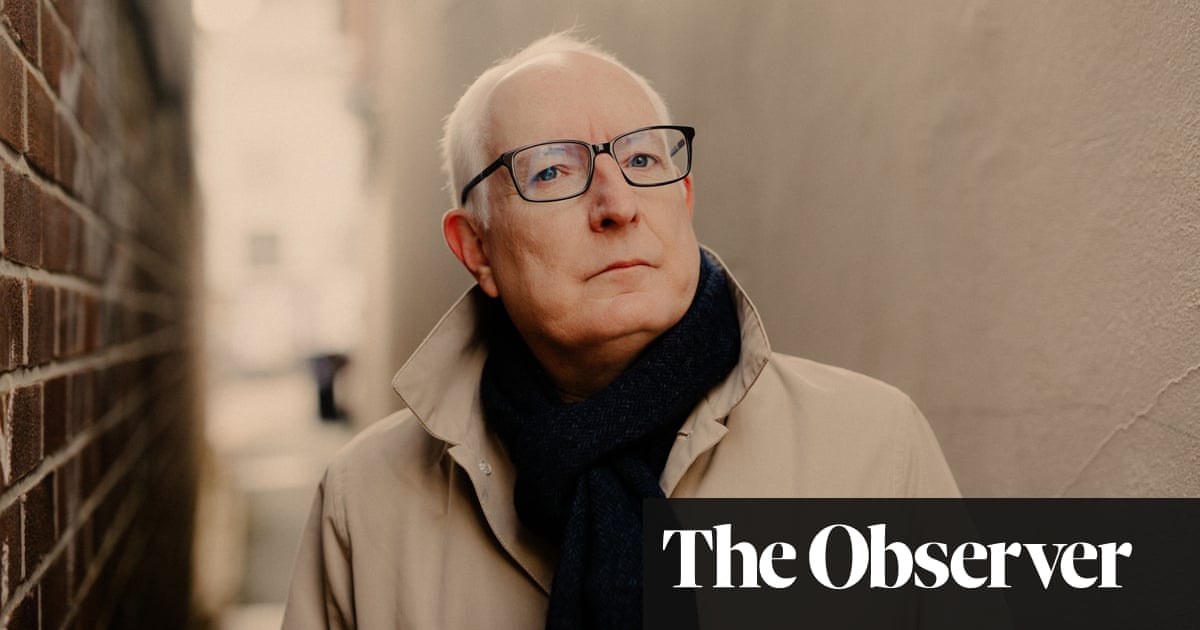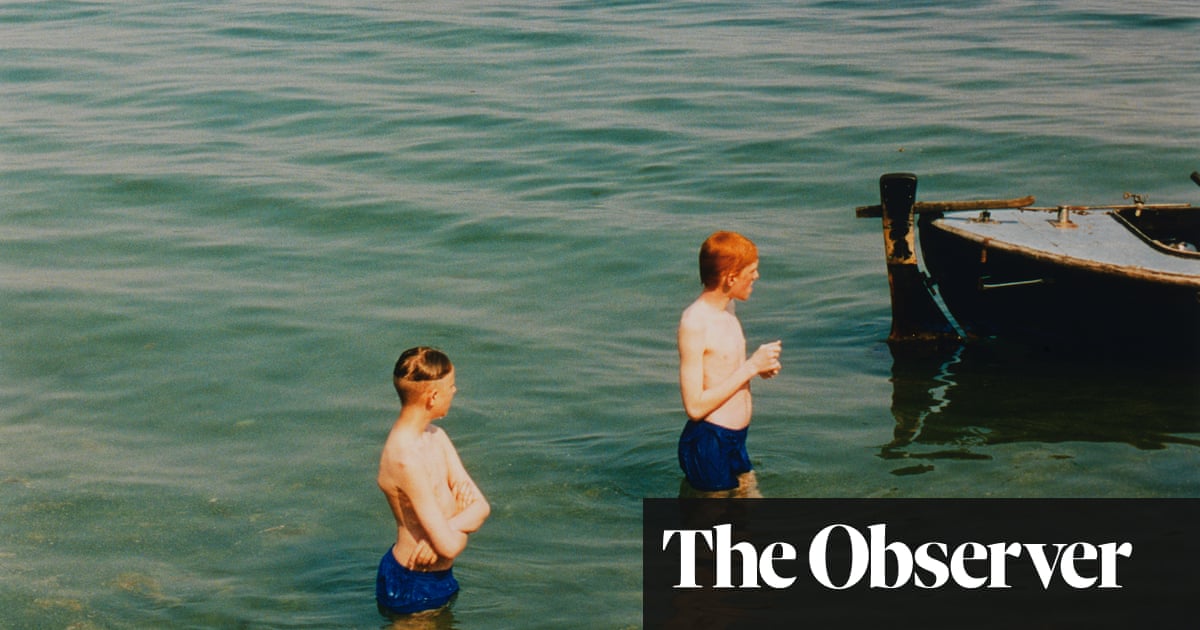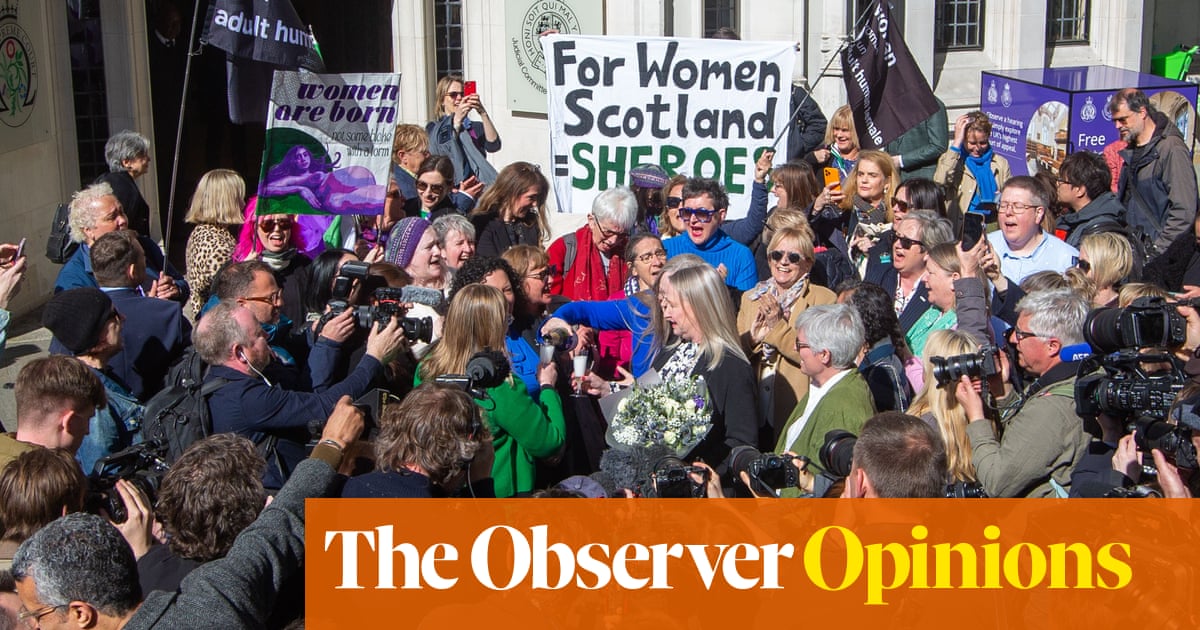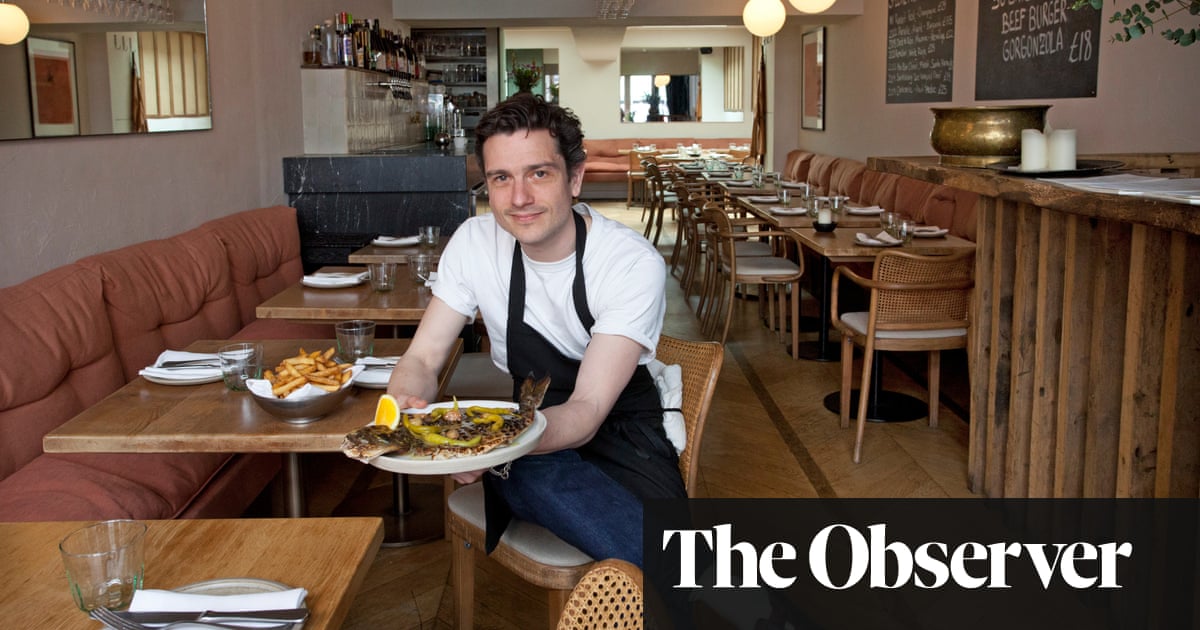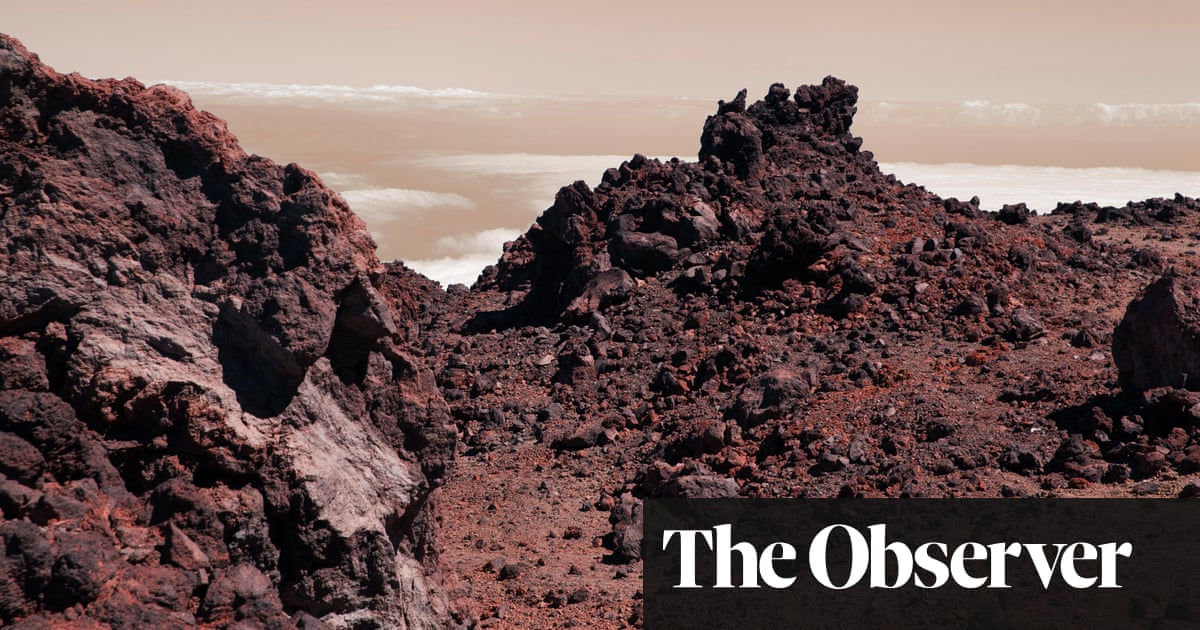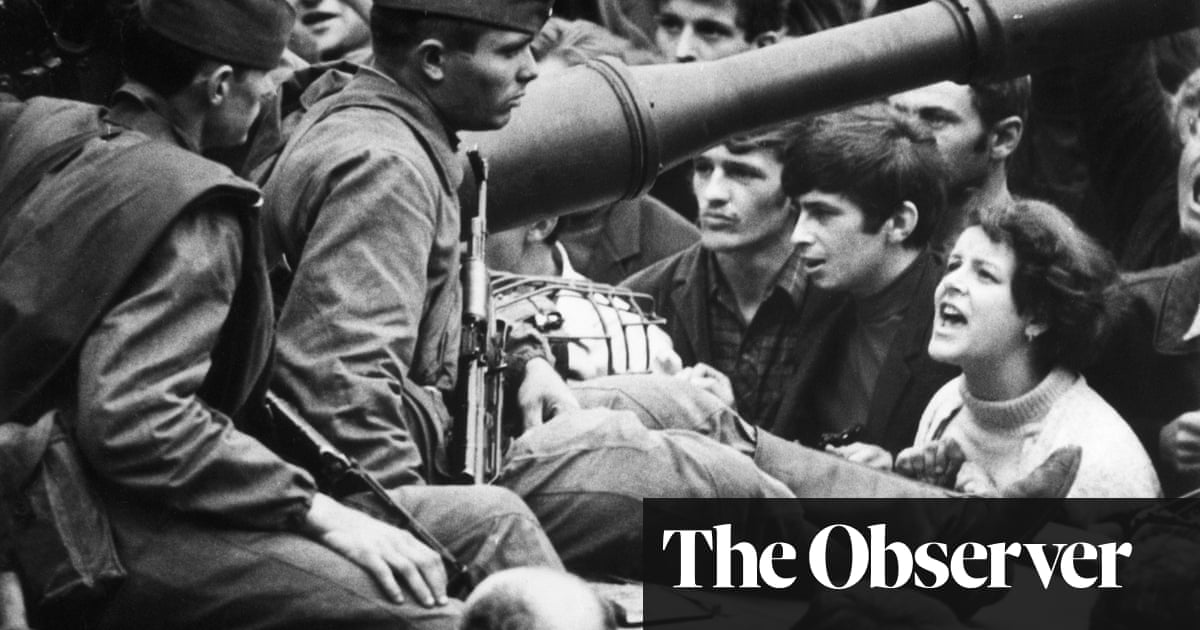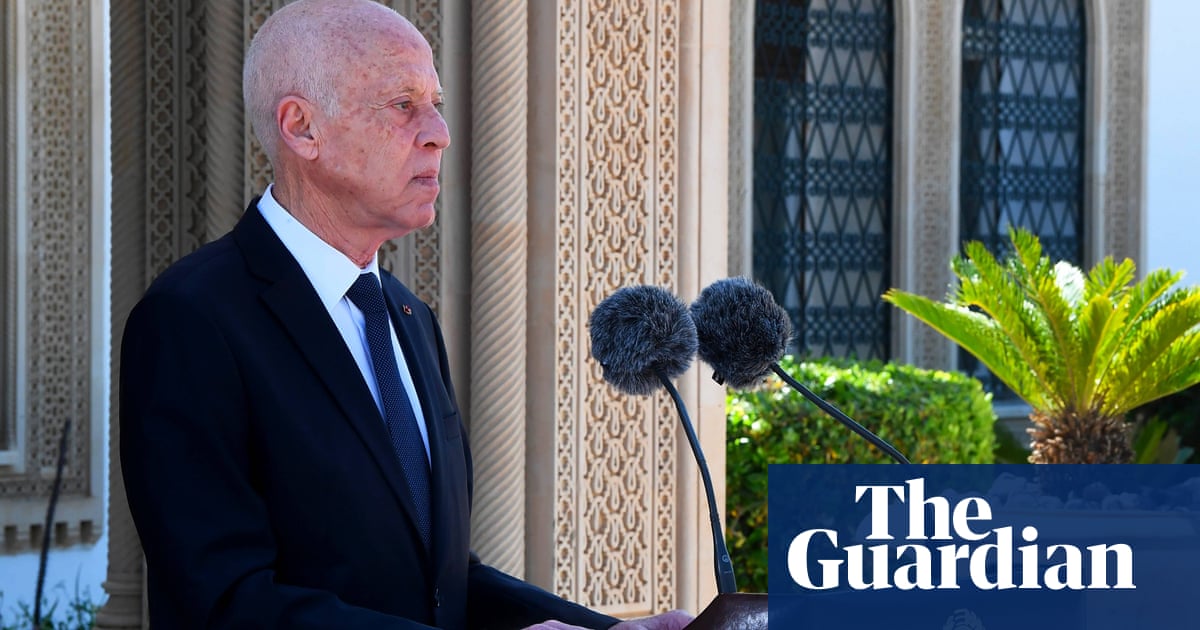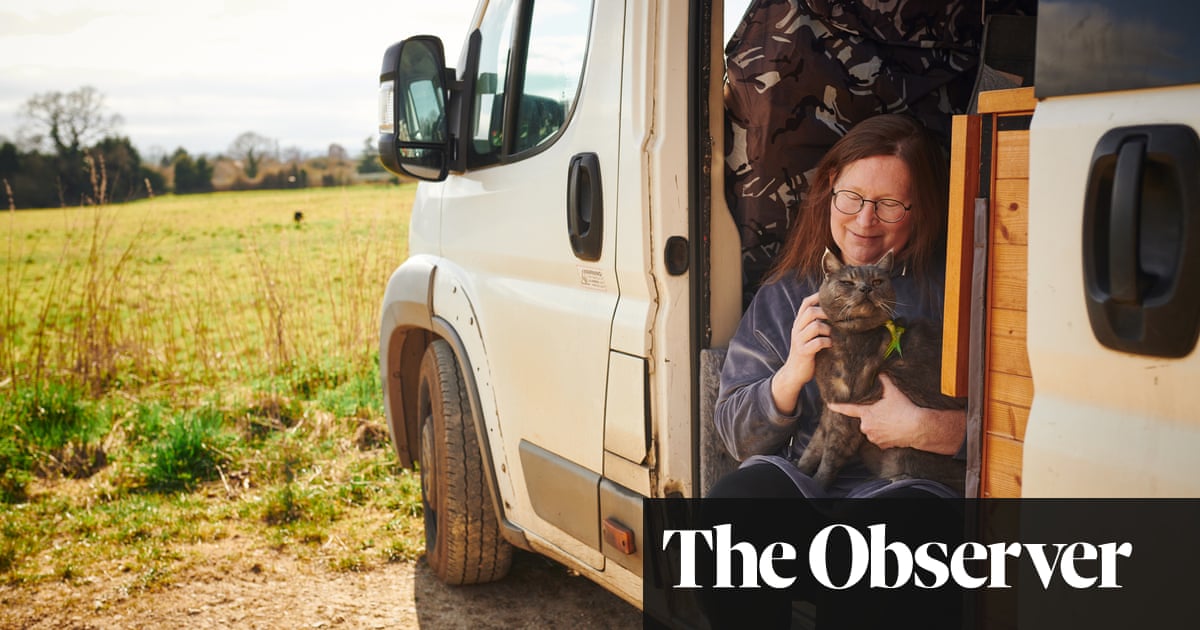The eldest child was away training for the army when his family died in their sleep. All six of them, two adults and four children, were poisoned by carbon monoxide gas seeping out from their coal-fired stove into their home in Ulaanbaatar in January, the coldest month in the world’s coldest capital city.
Mongolians were touched by the tragedy but there was anger a month later when, during a two-day parliamentary hearing forced by a public petition against pollution levels, the government released figures showing there had been 779 deaths from carbon monoxide poisoning in the country in the past seven years. By 19 February, when a couple in their 40s were found lifeless in their bed, that number had risen to 811.
Yet coal is killing people far beyond the accidental carbon monoxide leaks as winter in Ulaanbaatar, a valley city, becomes ever more deadly.

An estimated 7,000 citizens of this vast, thinly populated country of 3.48 million have died this winter due to air pollution, indoors and out. Respiratory diseases, liver and lung cancers, asthma and recurrent flu bouts are rife, while pneumonia is the leading cause of children being hospitalised and pollution is the second highest cause of death in under fives. Women try to time pregnancies to avoid the coldest months, when the rates of miscarriage and premature birth soar.
Pollution levels have been climbing in Mongolia for almost a decade. No longer just an issue in the capital, it affects every province, every settlement.
Temperatures can dip to -28C (-18.4F) in the winter months and it is coal that keeps the fires burning round the clock in homes, schools, industries and power stations. In January 2018, levels of PM2.5 – ultra-fine carcinogenic particles – reached 133 times the WHO safe limits in Ulaanbaatar, leading to a government ban on raw coal within the city, although not elsewhere in the country. A government-subsidised coal briquette was introduced, but these have introduced different toxic particles, and are behind the steep rise in carbon monoxide poisonings. About 70% of Mongolia’s energy comes from coal.
The climate crisis has exacerbated the situation. The extreme winter of 2024 killed more than 10 million of Mongolia’s 64 million animals, pushing some herding families from the wide open spaces of the steppes, where the nomadic way of life was strong, into the cities to look for work and schools that aren’t cut off or closed for weeks during heavy snowfall. Due to a lack of housing in Ulaanbaatar, people build gers – circular white tents clad with felt around a thin latticed-wood frame. The structures have no running water and a central stove feeds out through a chimney pipe in the roof. Pit latrines are dug outside. More than 50% of Mongolia’s population live in gers, with about 800,000 people in Ulaanbaatar alone – about half the city’s population. An estimated 196,000 domestic chimneys puff coal fumes into the dry city air, with each household burning an average of 23kg of coal daily in winter.

At the 680-bed child and maternity hospital in north Ulaanbaatar, built by the Russians, who left Mongolia in 1992, Dr Oyuchiney Aatsan has some advice: “For those with kids getting sick non-stop? Get out of town. That is what we advise to the wealthiest.”
In winter the hospital opens five intensive care units for children with pneumonia, while asthma, bronchitis and leukaemia rates rise.
“We are also quite used to seeing carbon monoxide poisonings. Actually, last night we had none,” Aatsan says in surprise. “There is no follow-up with such cases, so we don’t know if the child goes on to have violent outbursts, mood swings, cognitive impairment. Mild symptoms and we can save the child, but not always their brain.
“At this time of year we struggle; we receive 300 to 400 cases a day, and we can’t send children home to recover because the indoor air quality in the gers can be very poor.”
Pneumonia survival rates remain good, she says, although the impact of repeated illnesses on children’s immune systems lasts for life, and growing antibiotic resistance is “a very big concern”.
“The deaths are mostly among the babies. Premature births and miscarriage rates are very bad in the winter. I feel sorry that we have a vast beautiful country, so big, and we are all crammed in this small place and our children are sick.
“I grew up in the countryside where winter used to be loved: winter meant something beautiful. Now, it is dreaded. Why on earth can we not solve this problem?”

Globally, air pollution is the second biggest killer of children under five after malnutrition, according to Unicef, with east Asia especially affected. It kills 7 million people a year, and Ulaanbaatar is far from the worst-polluted, with cities such as Lahore, Delhi and Chengdu jostling for top spot.
Dr Jigjidsuren Chinburen is an MP, oncologist and former director of Mongolia’s cancer centre. He has just completed a study showing a link between pollution and liver cancer – previously thought to be an illness mostly caused by alcohol abuse.
“For cancers there is a very clear link with burning coal, especially lung cancer, but we hadn’t expected to see liver cancer. It’s a new discovery,” he says. “But it is not just cancer: the effect on babies is an emergency. We know PM2.5 can reach unborn babies in the womb. We have smaller babies in polluted areas and the rate of live births drops down during the pollution season, by 15 to 25%.”

Chinburen gave evidence at February’s parliamentary hearings and bemoans the lack of a national plan. He believes too many people are making money producing and selling coal, as well as manufacturing the stoves.
“We need our government to support the people who are trying to fight air pollution. In the short term, we need to insulate housing and refine the coal,” he says.
“We can solve it easily, we just need a good heart. Don’t think about the money, think about the health. Everyone is breathing this air – the poor and the wealthy.”
In his shared office, five floors up in the Mongolian metrological office, Unurbat Dory is the sole collator of the country’s data on air pollution. He monitors 43 air quality stations and 19 automatic stations around Ulaanbaatar, where the levels of six noxious gases are measured. The rest are manually operated and in the provinces, where only NO2 and CO2 levels are collected.

“In the city the latest figures show 55-56% [of pollution] comes from the ger districts, traffic causes 28-29%, and the rest is the power stations,” he says. “Generally – not on a bad day – the readings show pollution is 12 to 13 times higher than the safe standard, so you can imagine the health impact.
“Mid-November to mid-February is when pollution is at its worst, so if you look at the data of the annual average, Mongolia doesn’t look so bad. But it is. You know that the colder it is, the worse the air quality will be because of the burning of coal.”
He adds: “SO2 [sulphur dioxide] reached a reading of 702 [micrograms per cubic meter] on 28 January2024. The standard we should be meeting is 50.”
Dory would like to measure lead levels as well. “It’s unreported information that the vehicle fuel we import has a lot of lead.”
Climate has always steered Mongolia’s fate. Scientists suggest that the 13th-century Mongolian empire, the biggest land empire the world has ever seen, emerged thanks to a run of mild winters that had strengthened the people and their horses. At as much as 12m sq miles (31m sq km), it stretched from China to western Europe at its peak, twice the area the Romans managed to control. Genghis Khan united the nomadic peoples, set about his military campaign, but also promoted trade and religious tolerance and banned torture and enslavement. It is a history in which modern Mongolians take pride, and continues to inspire activists to believe they can make their country a better place.
But plans touted before have come to nothing: at February’s parliamentary hearings, political analyst Ganbayar Javkhlan, said responsibility for pollution control efforts “were unclear, implementation efforts had been inconsistent, financing had been inefficient, and monitoring and evaluation had been inadequate”.

A proposal to move households into apartments has been suggested but there is a shortage of decent or insulated housing, and a suspicion of high-rise living among nomadic people. In the ramshackle jumble of gers and illegally thrown up shacks in Ulaanbaatar, everyone has some kind of fenced plot of land between them and their neighbour, a free space few city dwellers in the world could boast for their own.
“There is a lot of desire from people living in ger areas to stay in ger areas,” says Mungunkhishig Batbaatar, the father of a child hospitalised twice with pneumonia. “They just want clean electricity and sanitation.”
Batbaatar started the petition that triggered the February hearing after it reached 71,000 signatures in three hours, supported by Enkhuun Byambadorj, founder of the Breathe Mongolia campaign.

Batbaatar believes ger dwellers have been useful scapegoats for a government with little inclination to solve the pollution and housing problems.
He says: “There has been this rhetoric that the people who live in gers are the polluters, rather than the victims – they are to blame for burning the coal and they should go back to the countryside. Politically, it’s a hot potato that gets tossed from minister to minister with no one ever taking responsibility.
“Yet just insulating homes could drop air pollution by 40 to 60%. That is the lowest hanging fruit; it is really quite simple and the money is there.” He says Mongolia, blessed with wide open spaces and few cloudy days, then needs to look to green energies: thermal, solar and wind.

Change has to be serious, as tinkering on the edges has been ineffective: for example, a UN project to replace ger stoves with electric ones has stalled.
Byambauren Gansukh, sitting with two of her six daughters, Amin Erdene, 10 and Khuslen Zaya, 11, says she unplugged her free electric heater after one month and reinstated their coal stove. “The electricity price had doubled,” she shrugs. “Although they took away the carbon monoxide alarm when they gave me this, so I’m left worse off. Back to coal but now with no alarm if it goes wrong.”
Stepping from the warmth of her ger into the freezing air, Gansukh gestures to the familiar sight of her stash of dust-coated coal bags, brought by one of the many delivery lorries that constantly prowl the city.
She understands the link between the coal and her daughters’ frequent illnesses, but has no alternative.
And the population of the city is growing. Batbold Vandan was a herder who arrived in October after losing his animals last winter. Now, he is one of three janitors at School 151 who work in rotating 24-hour shifts feeding the school boiler, which consumes 30 25kg bags of coal a day.

Outside the hot boiler room, where the stifling black dust settles like tar, Vandan says: “It was a hard decision to move to the city, very hard. I found this job easily enough, but I didn’t know the pollution was so bad here. If you think about the air then certainly it was better in the countryside. That is where I’d rather be.”
A few hours drive from Ulaanbaatar, in the steppes of Khentii province, birthplace of Gengis Khan, the herding life is still surviving. The view from the door of the family ger of herders Baterdene Tuvshintur and Baigal Batulzii is of an idyllic valley framed by curving, snow-covered hills. Cows and sheep drift about, some with colourful blankets tied to their backs.
Inside, their two youngest children play with a lamb, born too early for the -18C day, which has come inside for warmth. The eldest is at school in the nearest town – also affected by poor air quality – where he boards during the week.

“Living out here is the best,” says Tuvshintur. “The stress, the pollution, all is gone.” The couple, in matching handmade animal-skin boots, met in Ulaanbaatar. She was a student and he worked for a meat processing firm. The Covid pandemic closed down his company and he used the sale of his flat to return to the herding life of his youth, buying the ger and animals of his dreams. For Batulzii, this life was maybe not a dream, but she is adjusting and thinks her children are healthier here, although she misses having coffee with her friends. Even though the sheltered valley escaped the worst of the severe winter of 2024, they were snowed in for a month.
“We won’t go back to the city,” they agree. “This is the life that should be available to all our citizens and their children if they want it.”

The environmentalists say solutions to Mongolia’s deadly air are within easy reach if the political will can be mustered. However, spring is here already. And memories are short.
At the meteorological office Dory is dutifully sending off his reports on air quality to the government ministries. Does he think anyone looks at them? “Some do, some don’t. Nobody cares, as after winter the air pollution is not so bad and everyone forgets.
“Then once winter starts they are surprised again.”

 1 week ago
31
1 week ago
31


